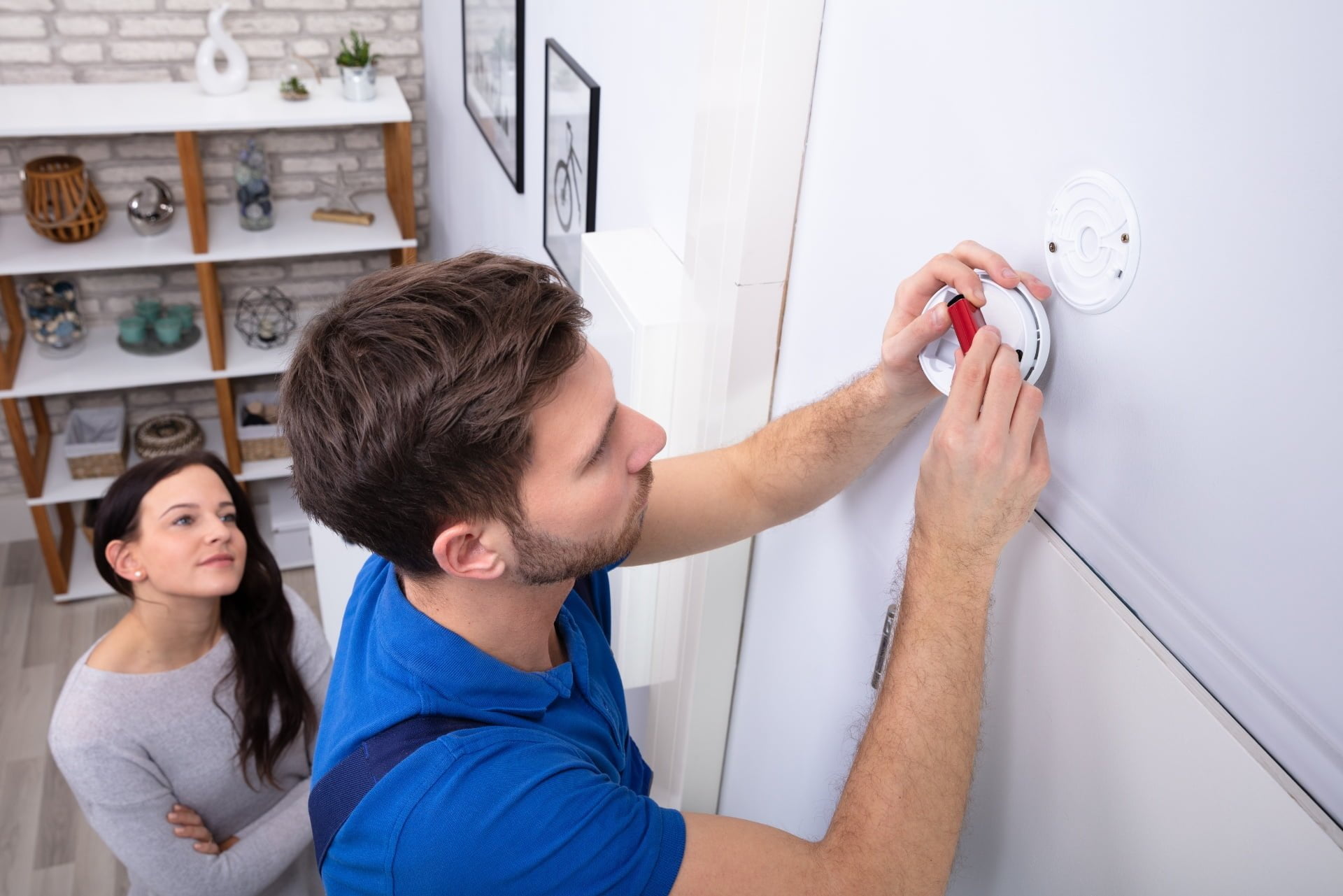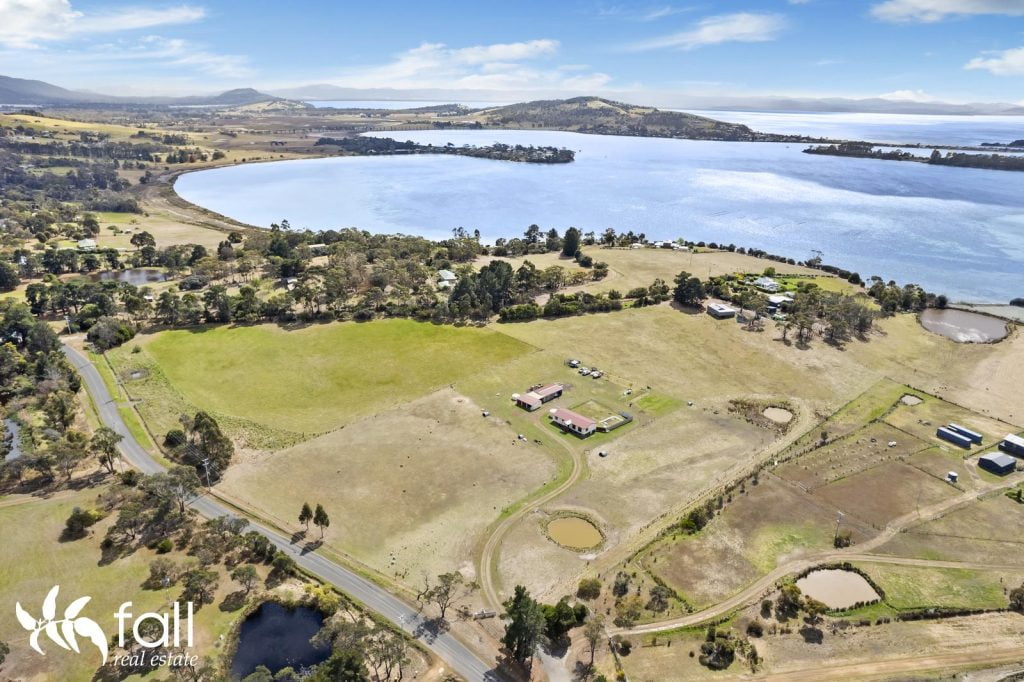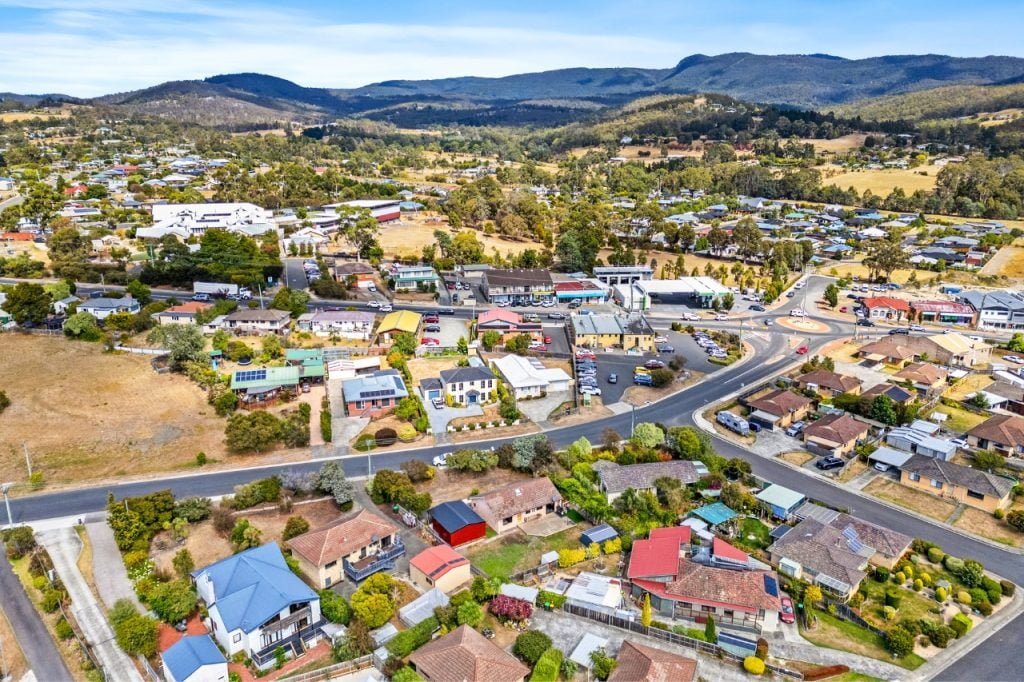In this article
- Both tenants and owners share a responsibility for ensuring working smoke alarms in rental properties.
- There are two main types of domestic smoke alarms ionisation and photoelectric.
- The Residential Tenancy (Smoke Alarm) Regulations 2012 Act requires Australian Standard smoke alarms to be installed on or near the ceiling in specific locations in all tenanted homes.
- If you want your property managed by Fall and need help understanding where to install your smoke alarms in rental properties, our team of property managers are here to help!
All Tasmanian residential rental properties are legally required to have functioning smoke alarms correctly installed and in good working order. Smoke alarms must also be installed in specific locations within each property.
The Residential Tenancy Amendment (Smoke Alarms) Act 2012 (the Act) is in place to help prevent fire-related instances and disasters from occurring and for tenants to be able to respond quickly when a fire does occur. Therefore, ensuring the correct smoke alarms are installed and maintained is a shared responsibility between the owner and the tenant.
In this article, we explore the responsibilities of the owner and the tenant, the different types of smoke alarms in rental properties, and where you are legally required to install smoke alarms.
Owner responsibilities for smoke alarms in rental properties in Tasmania
The owner is responsible for installing functioning smoke alarms within their rental property at the commencement of each new tenancy. Installing the correct smoke alarms and quantity will ensure your tenants' safety and help prevent fire damage to your investment property.
As of May 2016, it is a requirement by law for all smoke alarms to be either mains-powered or 10-year non-removable battery alarms in a residential rental property.
When installing a mains-powered smoke alarm or a ten-year non-removeable battery-powered smoke alarm in rental properties, the owner must ensure the following:
- Install mains-powered battery alarms before the tenancy occupancy;
- Alarms are functioning and are within their expiry period;
- Free from any dust or debris
- Back-up batteries are installed or replaced and work effectively;
- The alarm will not reach and be more than 30 days of its expiry date from the commencement of the tenancy agreement;
- The owner must replace alarms every ten years; and
- The owner must ensure the alarms are repaired or replaced when they expire or stop working effectively during the tenancy.
Please note the ten-year non-removable battery-powered smoke alarm does not need the batteries replaced.
The owner must ensure that the smoke alarms installed comply with the current Australian Standard for smoke alarms in rental properties:
AS 3786 or AS 1670.1.
- AS 3786—2014 Smoke alarms using scattered light, transmitted light or ionisation OR
- AS 1670.1—2015 Fire detection, warning, control and intercom systems - System design, installation and commissioning.
Tenant responsibilities for smoke alarms in rental properties in Tasmania
While living in a rental property, a tenant is responsible for checking smoke alarms to ensure they are working. As your property manager, it is our top priority to ensure the safety of our tenants and the safety of your rental property.
It is, therefore, vital for tenants to understand their role in preventing and minimising fire dangers in their rental property. It is the tenant's responsibility to maintain a smoke alarm by:
- Test and clean alarms at least every six months to ensure they are operational and free from dust, debris and damage;
- Replace removable batteries that provide backup for mains-powered alarms;
- Inform the property manager immediately if a fire alarm is not working. (If the alarm fails to function due to removable batteries or the power supply, it is the tenant’s responsibility to fix these issues as soon as possible); and
- Notify the property manager of any fire safety concerns.
Types of smoke alarms
There are two main types of domestic smoke alarms ionisation and photoelectric.
Each alarm works differently to detect smoke:
Ionisation alarms
Ionisation alarms ‘smell’ the smoke through a small amount of radioactive material that lies between two electrically-charged plates within the device. When smoke passes between these plates, it interrupts the electrical current and sets the alarm off.
Professional smoke alarm technicians have found that many tenants also tend to take the batteries out due to their sensitivity to cooking steam and smoke - disabling the alarm and making their home less fire safe.
Photoelectric smoke alarms
Photoelectric smoke alarms respond to various types of fires and are particularly responsive to a smouldering fire and dense smoke.
The Tasmania Fire Service recommends "installing a photoelectric smoke alarm in all sleeping areas, living areas, hallways, and above stairways in multi-storey homes."
Photoelectric smoke alarms are less prone to false alarms caused by cooking or steam in the bathroom and contain no radioactive material. Photoelectric alarms work by aiming a light source into a chamber. When smoke enters this chamber, it reflects the light onto a sensor which triggers the alarm.
Choice, through undertaking smoke alarm tests, also believes that photoelectric alarms are the best type for residential properties. For more information about the types of alarms for your rental property, click here.
Placement of smoke alarms inside properties
The Residential Tenancy (Smoke Alarm) Regulations 2012 Act requires Australian Standard smoke alarms in rental properties to be installed on or near the ceiling in specific locations in all tenanted homes.
So, which rooms in your rental property should you have your smoke detectors? The placement of smoke detectors depends on the building class (category) of your rental property.
Premises have been categorised into four building classes:
- Houses, townhouses, villa units (Class 1a);
- Small guest houses and boarding houses for up to 12 people (Class 1b);
- Apartment and blocks of flats (Class 2);
- Boarding houses (Class 3); and
- Caretaker flats or residences above shops (Class 4).
Each class dictates the required location of alarms throughout each home, including corridors and hallways associated with a sleeping area.
Click here to find out how many smoke alarms are required and the specific locations you need to place your smoke alarms for your rental property.
The Tasmania Fire Service further recommends interconnecting smoke alarms so that if any alarm activates, all smoke alarms inside the property will sound.
You should also look at purchasing the latest smoke alarm technology, such as smoke alarms that shout “Fire, Fire!” to better alert children and ensure they meet Australian Standards.
Fall is here to help!
Our property managers will refer you to specialist technicians employed by Fall Real Estate, who will advise you where to place your smoke alarms.
Our property management works in teams of two to ensure your property is continuously looked after and allows a manager to always be contactable by the tenant and owner. We want our tenants to feel safe and our client’s investment properties to have the best preventative strategies to avoid unnecessary costs to the owner.
Fall offers complimentary no-obligation rental appraisals, revealing what steps you need to take to get your investment property rental market ready and priced correctly!
If you are looking for a house to rent or buy in the greater Hobart area, we are your local experts with eight offices in Southern Tasmania. Our focus is on you and our Southern Tasmanian market.
To learn more, call our office today! 03 6234 7033
Disclaimer: The information on this website is not legal or professional advice and is general in nature; therefore, the editorial content or articles on this website are intended as a guide only and do not consider your personal objectives, financial situation or particular needs. For more information, please read our Terms of Use and Privacy Policy.
For full information on the Act and the Regulations, please refer to the Residential Tenancy Amendment (Smoke Alarms) Act 2012 and the Residential Tenancy (Smoke Alarm) Regulations 2012 or the most updated Acts and regulations for your state or territory.
Related posts
Costs of selling a house in Tasmania
Suburb Profile – Clifton Beach







